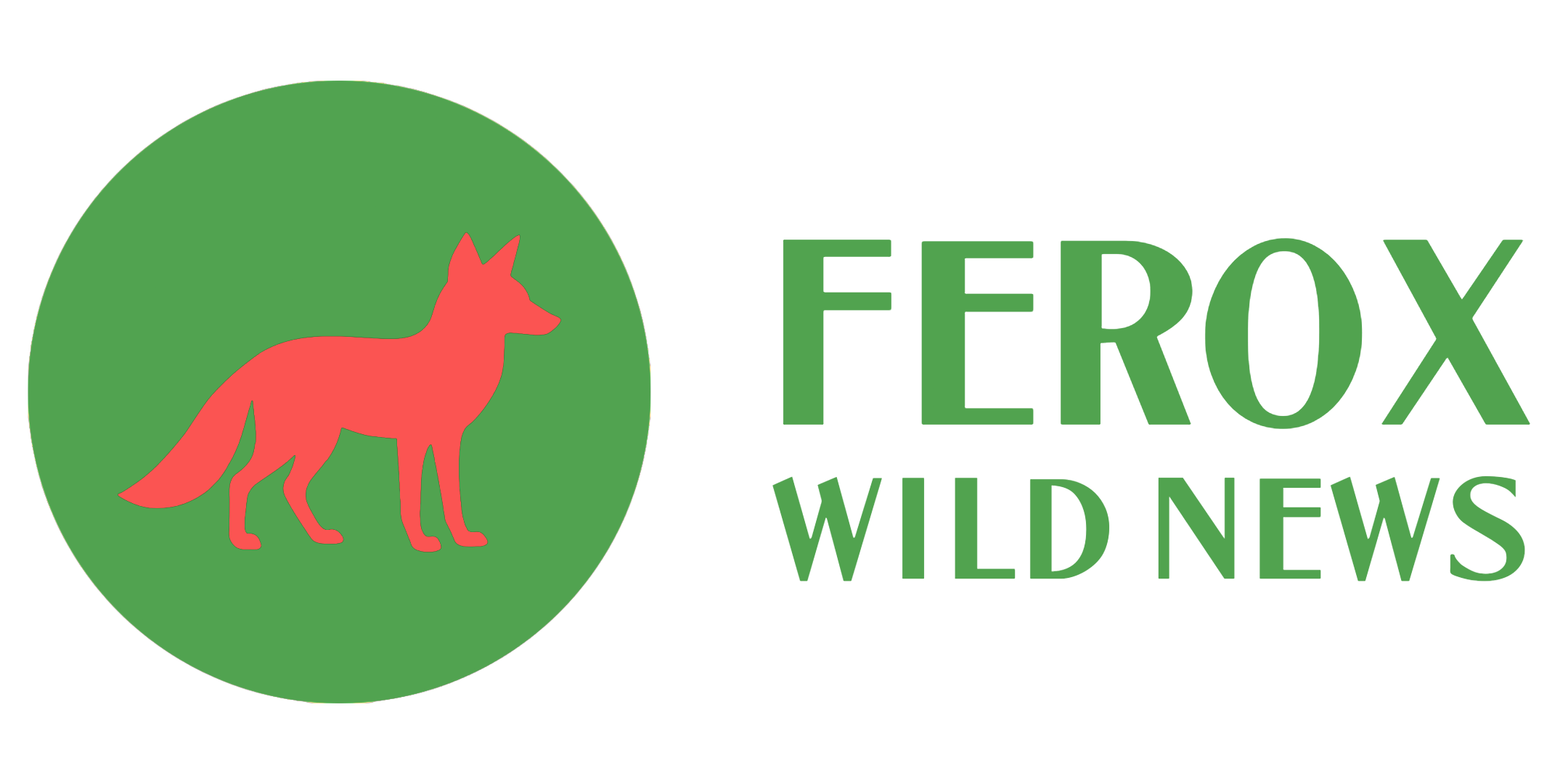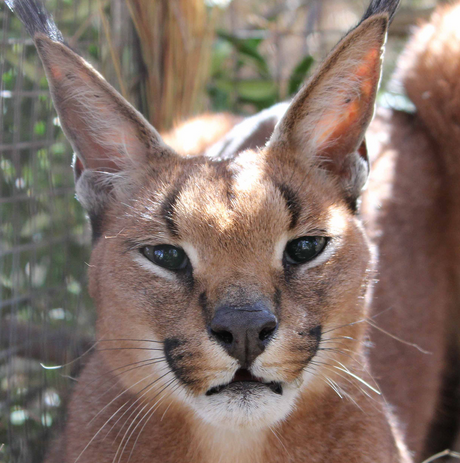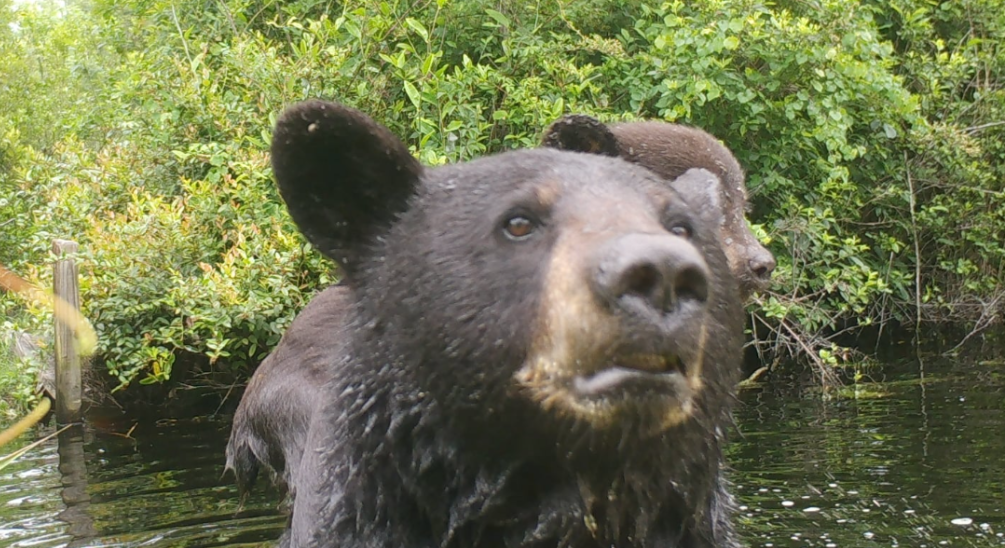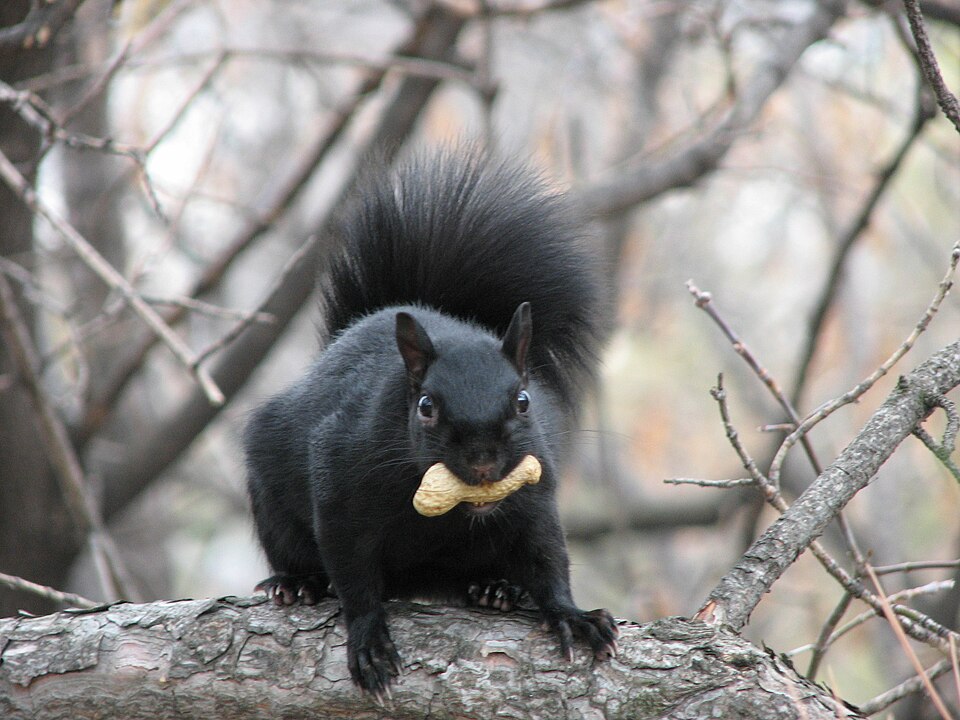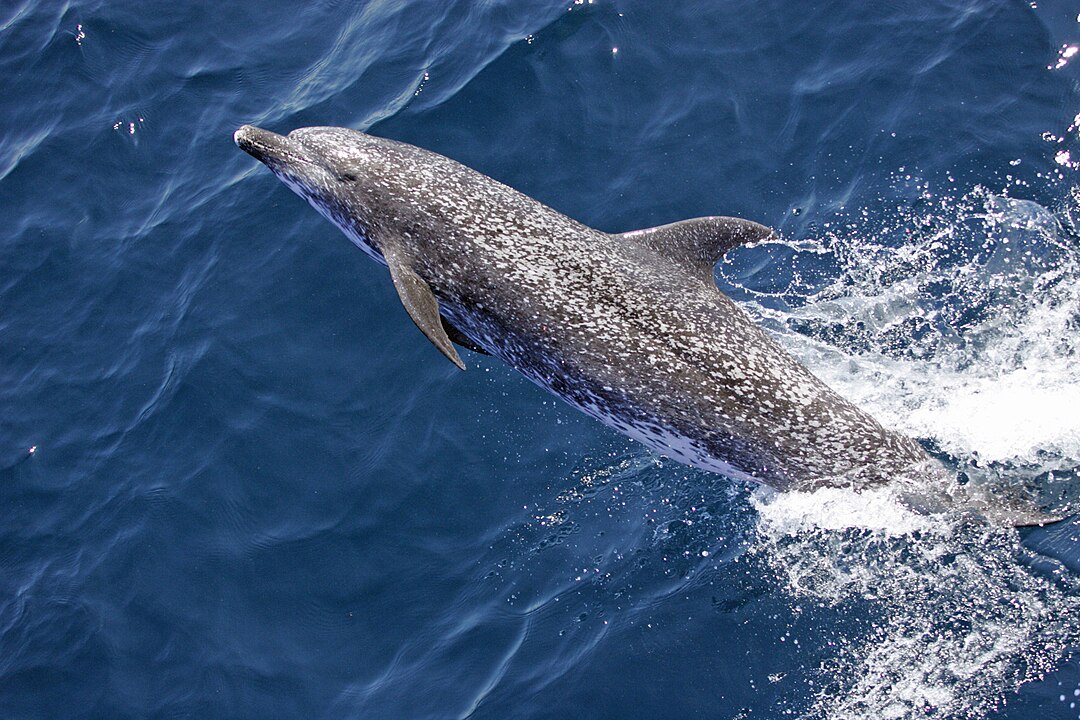In the bustling city of Cape Town, South Africa, a sleek, tufted-eared wild cat is stealing hearts online — and becoming an unexpected hero for urban wildlife conservation. The caracal, a medium-sized predator once overlooked, is now thriving in the digital spotlight thanks to the Urban Caracal Project , a research initiative using social media to turn everyday citizens into conservation allies.
The Secret Weapon: Cats on the Internet
Since 2014, the UCP has harnessed the power of platforms like Facebook and Instagram to share caracal research, photos, and stories. The strategy worked: the project now boasts over 16,800 Facebook followers and 7,300 on Instagram, with posts reaching millions worldwide. Their secret? Tapping into the internet’s obsession with cats. Caracals’ striking looks — think golden coats and dramatic ear tufts — mirror the charm of domestic cats, making them perfect for viral content. Even a meme called “Big Floppa,” based on a captive caracal and a reference to the cats’ distinctive ears, boosted their online fame.
Google searches for “caracal” nearly doubled after the UCP began, outpacing interest in similar wild cats like servals. Followers aren’t just scrolling—they’re helping scientists track these elusive animals. Over 1,000 caracal sightings, often accompanied by photos, have been reported by locals since 2015, mapping hotspots that match GPS data from collared cats.

Hidden Heroes: Everyday Citizens
Cape Town residents have become critical partners. During COVID-19 lockdowns, sightings spiked as caracals roamed quieter streets and parks. Reports revealed caracals calmly avoiding humans, described as “relaxed” or “chilled” in 65% of positive social media comments. Tragically, deaths from traffic accidents were also reported, sparking emotional responses. One famous caracal, Hermes, survived a car crash thanks to a citizen’s alert but later became a symbol of urban threats.
The public even mailed in guinea fowl feathers and pet cat fur to help scientists study caracal diets. This data uncovered dangers like rat poison in caracals, leading to social media campaigns urging pesticide reductions.
From Likes to Lifesaving Partnerships
The UCP’s online success opened doors. A local vineyard created a wine label to fund the project, while crowdfunding campaigns financed GPS collars and pollution testing. Artists collaborated on reflective road signs marking caracal crossing zones, shared in posts seen by 330,000 people. Internationally, the UCP has teamed with Sri Lanka’s Urban Fishing Cat Project, proving small carnivores can rally global support.
Why Caracals Matter
Caracals aren’t just cute—they’re ecological indicators. As Cape Town’s largest remaining predator, their survival signals healthy urban ecosystems. By blending science with Instagram-worthy content, the UCP shows how “charismatic” species can bridge gaps between labs and living rooms.
“Beautiful,” “amazing,” and “gorgeous” dominate fan comments, proving aesthetics drive care. Yet the project’s real win is fostering a caracal network — scientists, rehabbers, and locals united to protect these wild cats.
The Takeaway
The UCP’s story isn’t just about caracals. It’s a blueprint for saving urban wildlife everywhere: meet people where they are (online), use relatable stars (fluffy ones), and turn clicks into action. As cities grow, such creativity might be the key to keeping nature wild—even on our doorsteps.
***
“Wild Cats on the Internet: The Role of Social Media in Popularising Caracals in South Africa.” Leighton et al. Environmental Communication (2024).
